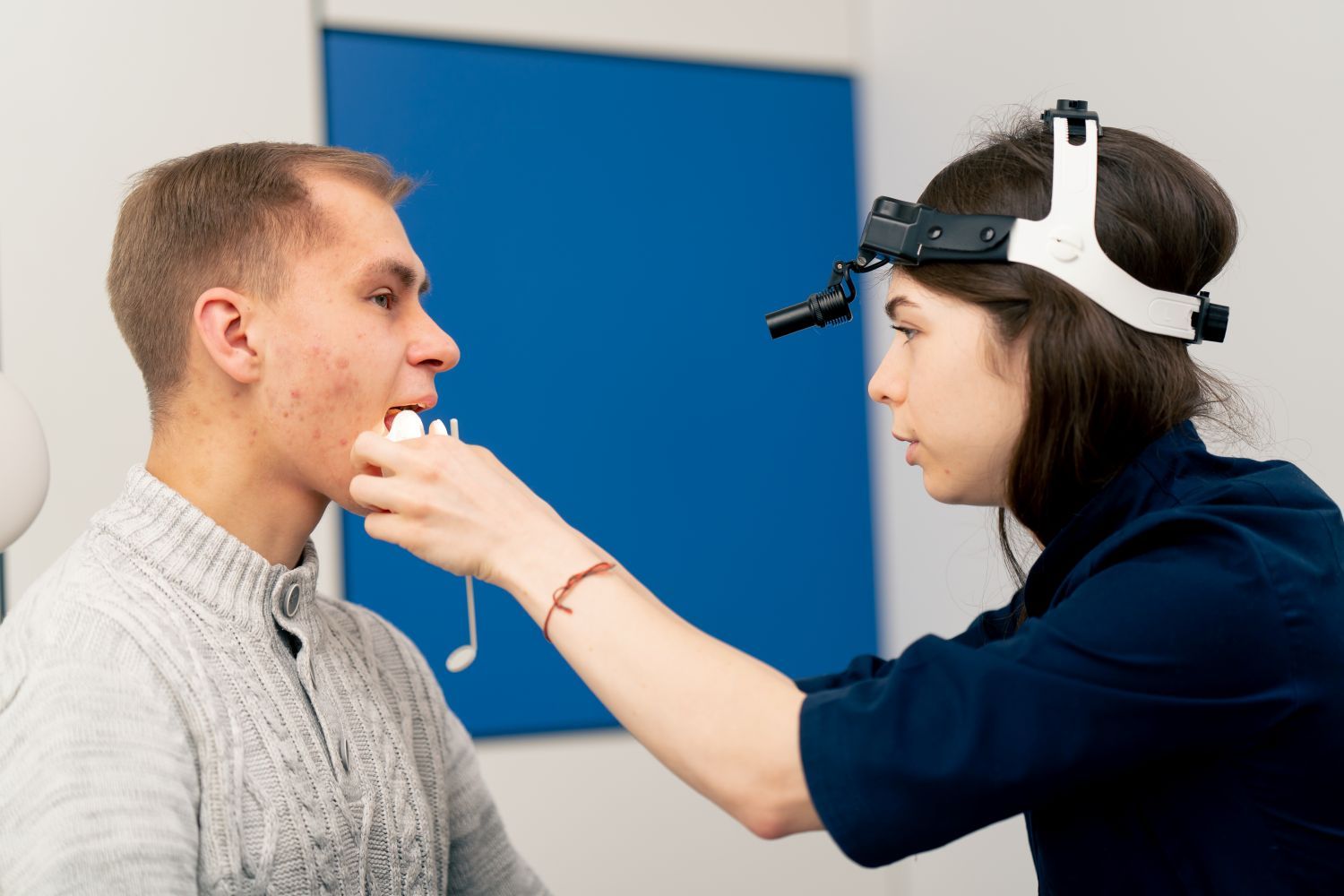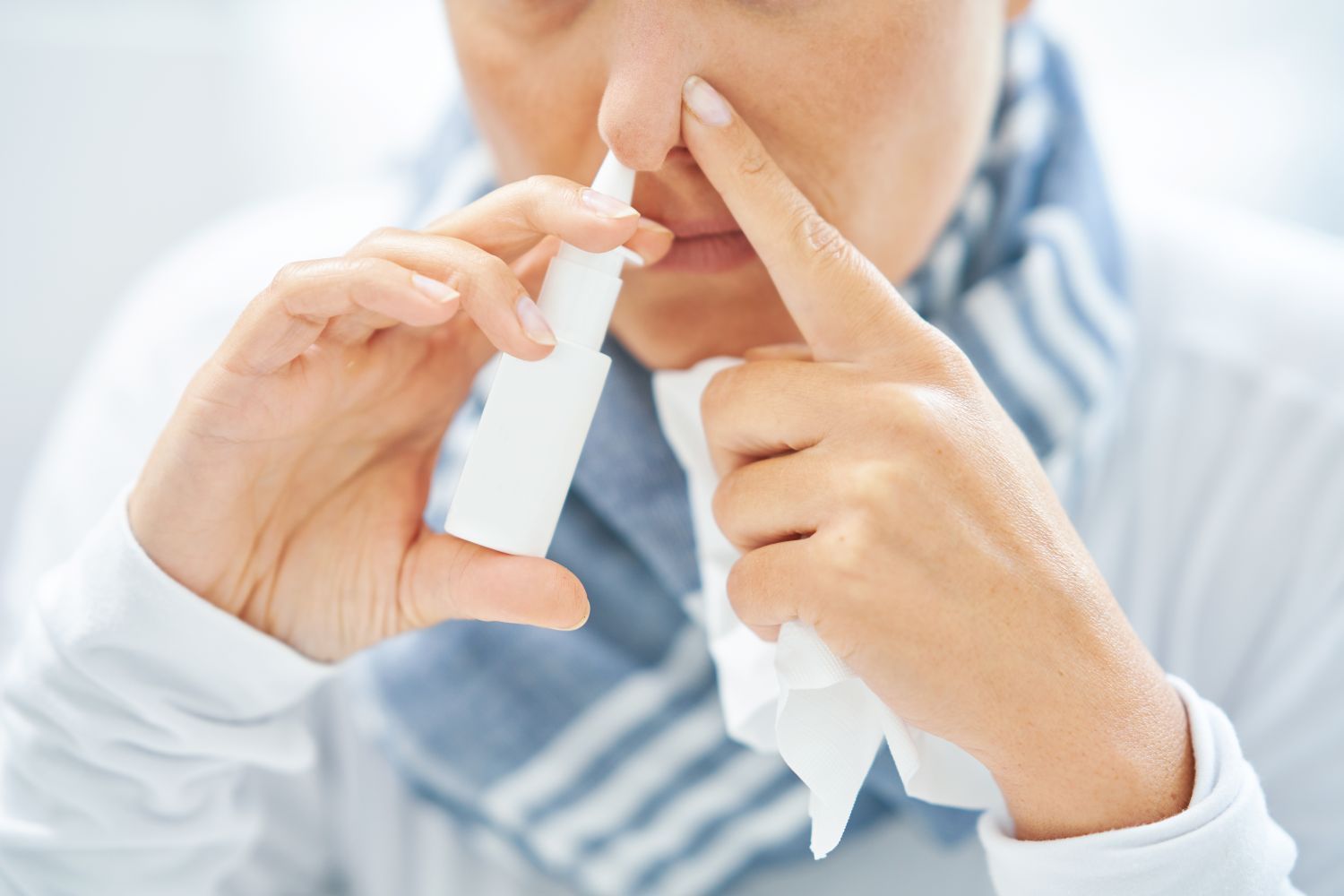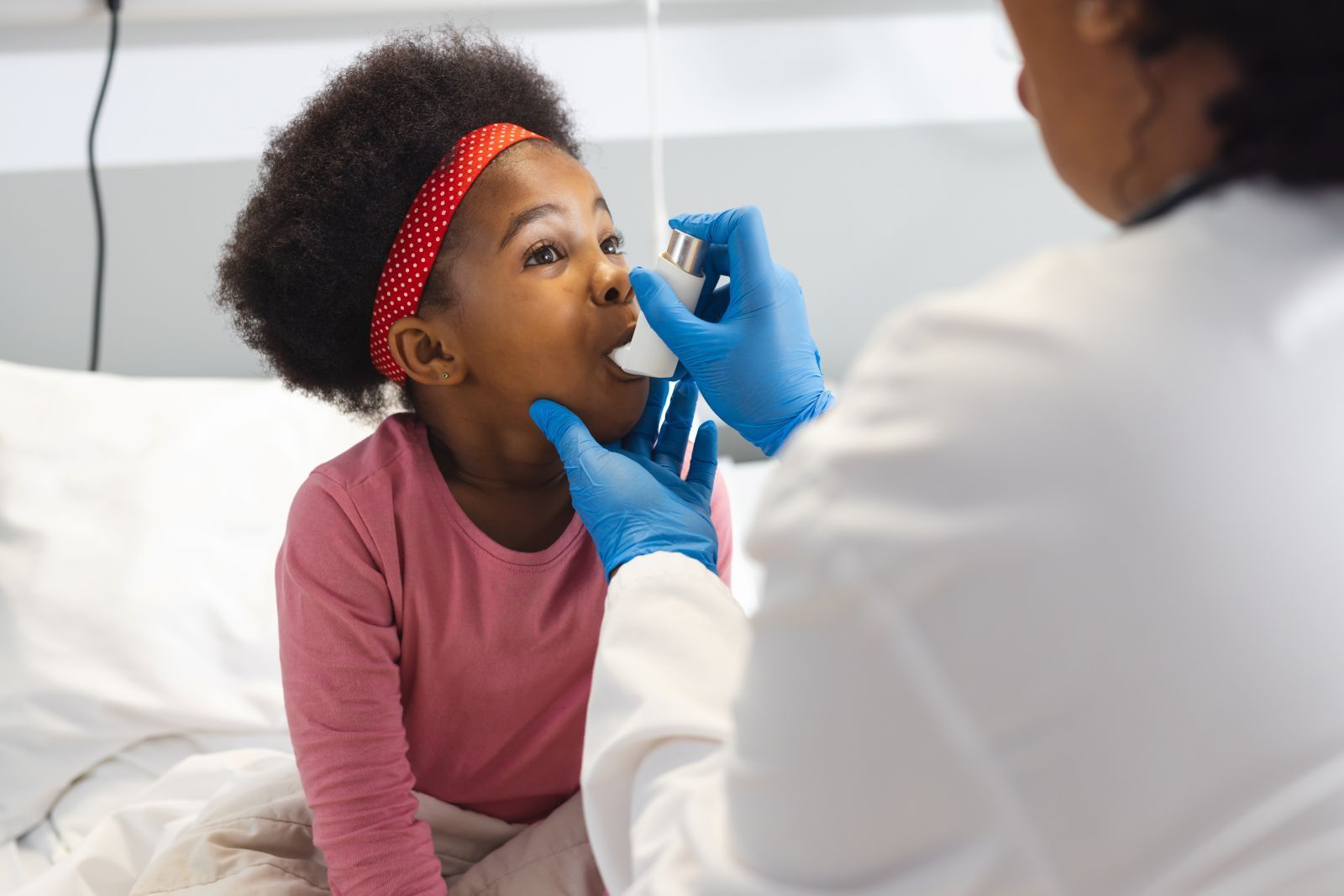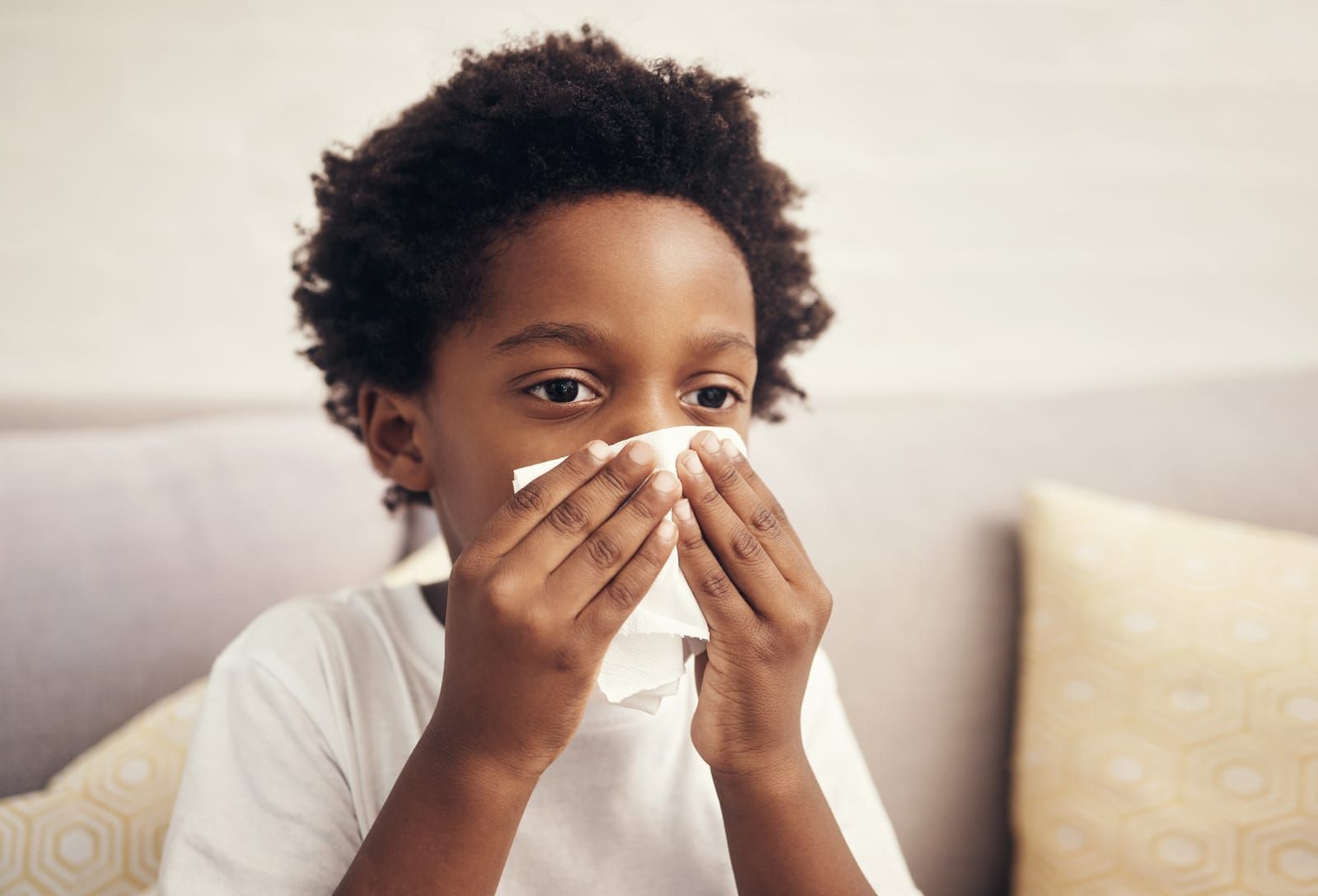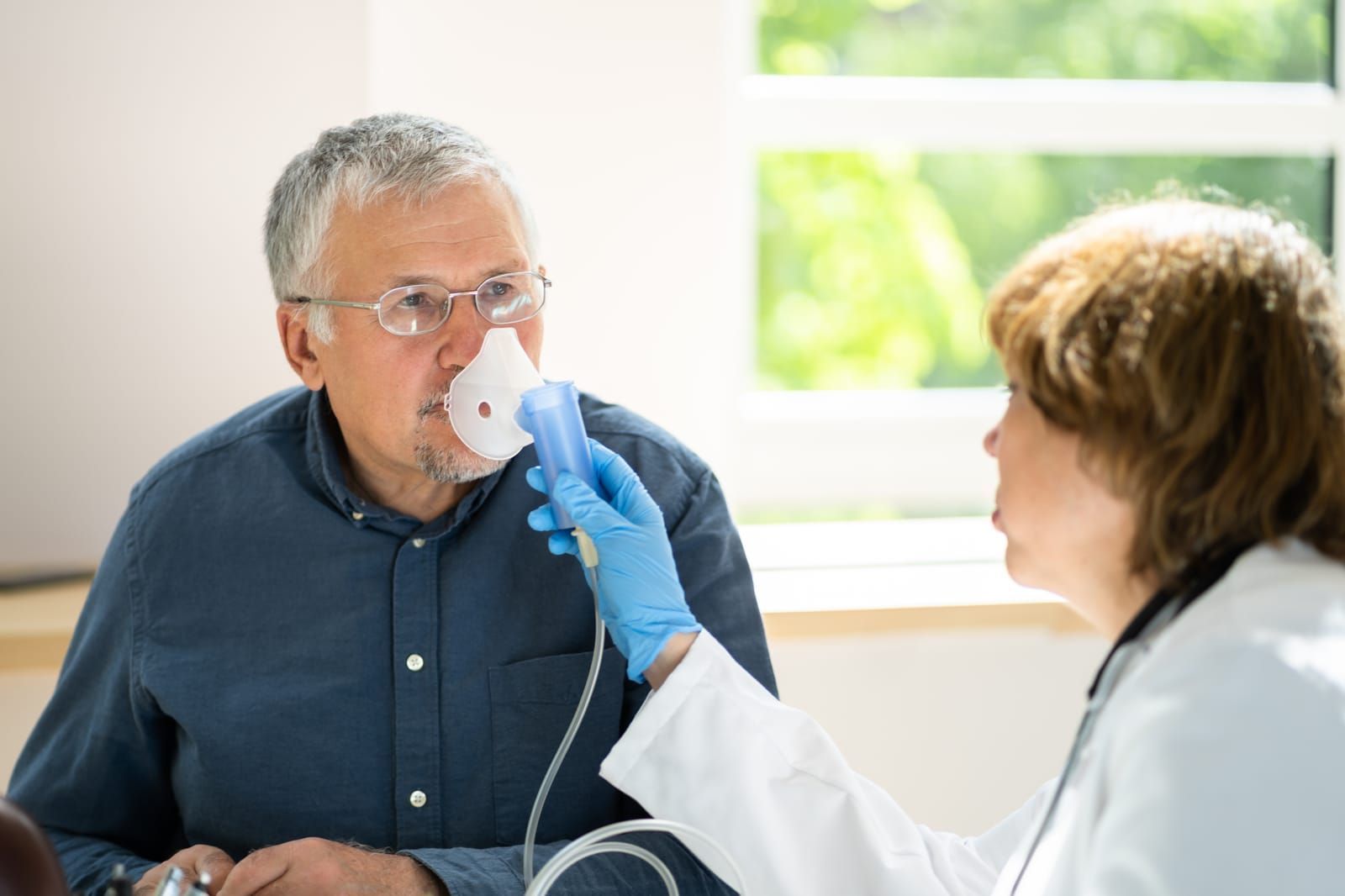An Elaborate View Into the Four Phases of Clinical Trials
Clinical trials involve using human volunteers for prospective behavioral and biomedical studies. As medical service providers, labs, research institutes, and medical experts need to follow strict procedures and rules to ensure the safety of human volunteers.
Regardless of whether you are carrying out the trial to test a new drug or try the effects of a new treatment variation, it's essential to be fully aware of what precautions and systems you should follow at each phase of the trial. Here is all you need to know about the four stages of clinical trials.
Phase 0 Clinical TrialsPhase 0 clinical trials essentially study the impact of small doses of the drug on a few people. It's critical to involve only a minimal number of human volunteers during phase 0 of the clinical trial. Since it's more of an exploration stage, this stage consists of experimenting. Minor doses of the potential medicine are tested out on the volunteers to verify its efficacy and reach.
Unlike the other trial phases, Phase 0 does not involve therapeutic practices. The intention is to verify that the drug or treatment isn't harmful. There is also no intention to assess drug safety and drug tolerance in this phase. Usually, less than 20 volunteers are involved in this phase.
Phase 1 Clinical TrialsPhase 1 trials are usually conducted with healthy volunteers and involve fewer than 100 people. The primary purpose is to test the safety of the drug. Volunteers are monitored closely, and researchers determine how much of the drug it takes to produce side effects. Phase 1 trials typically last for a few months but can take as long as two years.
Phase 2 Clinical TrialsIn this phase, the drug is tested for safety and effectiveness in a larger group of people (100 to 300). It also includes studies that compare the safety and efficacy of a new drug with similar drugs already available in use. This phase can last from several months to two years or longer. Phase 2 studies are usually only done if the clinical trial results from Phase 1 are encouraging.
Phase 3 Clinical TrialsPhase 3 is the last phase of a clinical study before the FDA reviews the drug's NDA (New Drug Application), and it answers two main questions:
Does the new treatment work better than current treatments?
Are there any side effects?
The focus is on safety and side effects. This information is used to ensure that participants are not exposed to unreasonable risks. Phase 3 studies can also give researchers a better idea about how well the drug works over time or in specific subgroups of people such as children or pregnant women.
Clinical trials are supervised experiments that test new treatments for diseases. You can use them to compare patients who receive the new treatment to a similar group of patients who are given the standard treatment. This determines if the new treatment is safer or more effective than the current method of treating a specific condition.
At Snot Force Alliance Inc, we aim to bring specialists together to treat nose, sinus, and airway-related conditions. We offer various collaborative opportunities for medical experts, clinics, and researchers. If you would like to learn more about clinical trials, contact us.
four stages of clinical trials.
- Does the new treatment work better than current treatments?
- Are there any side effects?




